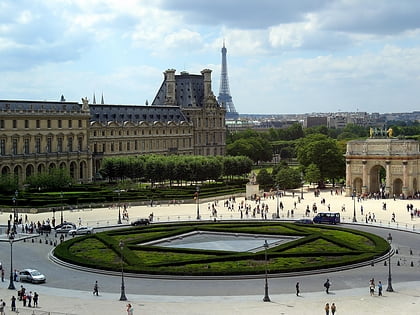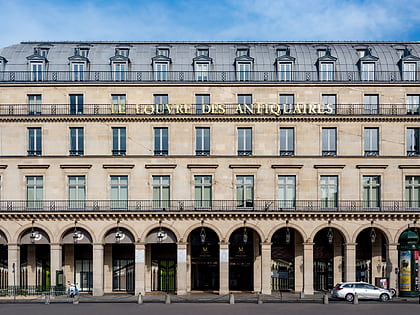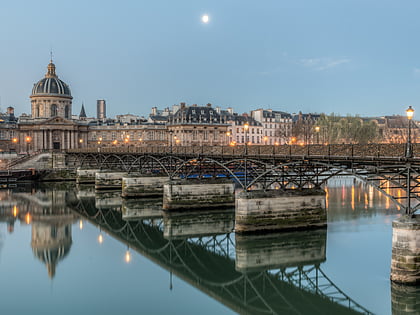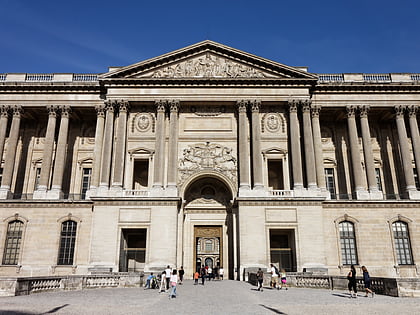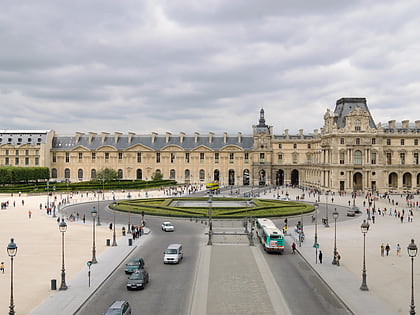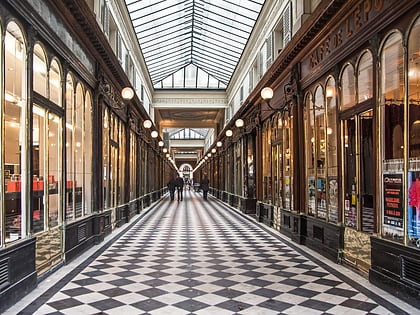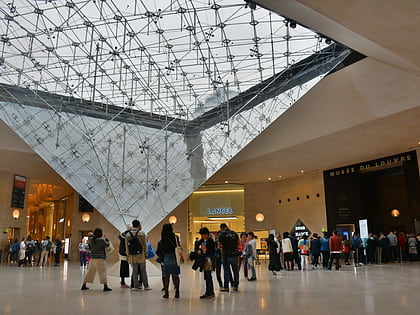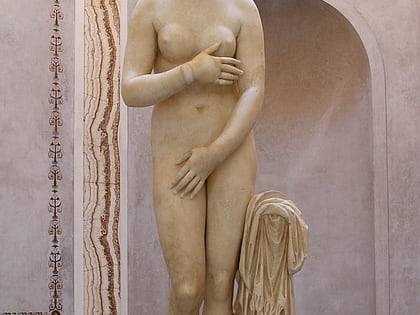Louvre castle, Paris
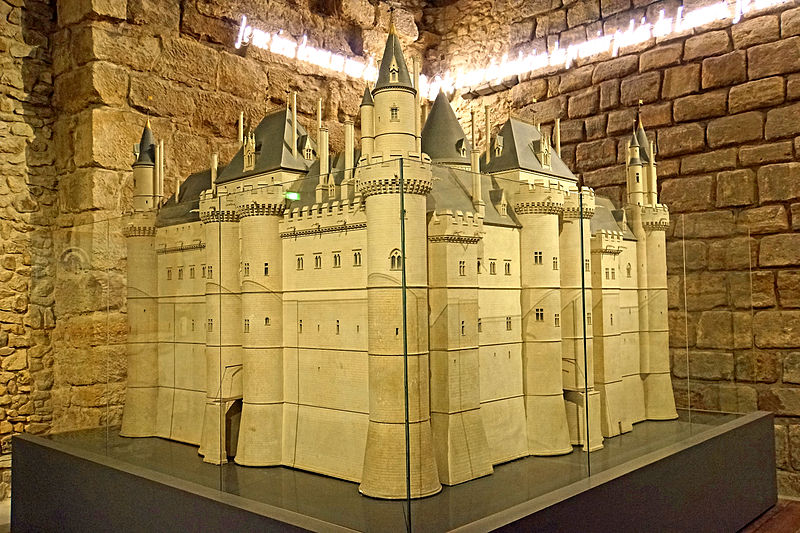
Facts and practical information
The Louvre Castle, once a formidable medieval fortress, now stands as the silent foundational footprint beneath the world-renowned Louvre Museum in the heart of Paris, France. This historical site, with its origins dating back to the late 12th century, was commissioned by King Philip II as a bulwark against potential invasions, particularly from the Vikings sailing up the Seine.
Though little of the original castle remains visible, the subterranean remnants are a hidden treasure for history enthusiasts visiting the Louvre Museum. The Salle Basse, or Lower Hall, is one of the few surviving sections, providing a glimpse into the castle's past with its thick stone walls and defensive architecture. The Louvre's medieval moat and the remnants of its massive towers can also be explored, offering a stark contrast to the classical elegance of the museum's current appearance.
Visitors interested in the evolution of the Louvre from a defensive stronghold to the palatial residence of French kings and eventually to the iconic museum of today can discover the story in the medieval Louvre exhibit. The exhibit showcases models, informational plaques, and archaeological finds that bring the history of the Louvre Castle to life.
Louvre castle – popular in the area (distance from the attraction)
Nearby attractions include: Musée du Louvre, Louvre Palace, Carrousel du Louvre, Le Louvre des Antiquaires.
Frequently Asked Questions (FAQ)
Which popular attractions are close to Louvre castle?
How to get to Louvre castle by public transport?
Bus
- Louvre - Pont des Arts • Lines: rouge (2 min walk)
- Pont des Arts • Lines: 27, 69, 72, N11, N24 (3 min walk)
Metro
- Louvre — Rivoli • Lines: 1 (4 min walk)
- Palais Royal - Musée du Louvre • Lines: 1, 7 (5 min walk)
Ferry
- Louvre • Lines: Batobus (8 min walk)
- Musée d'Orsay • Lines: Batobus (14 min walk)
Train
- Châtelet - Les Halles (11 min walk)
- Musée d'Orsay (14 min walk)
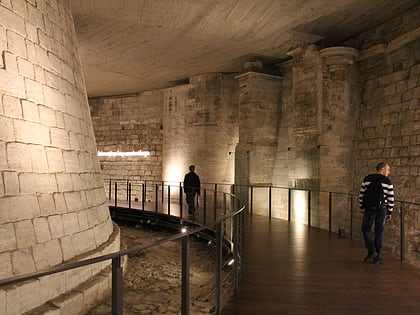

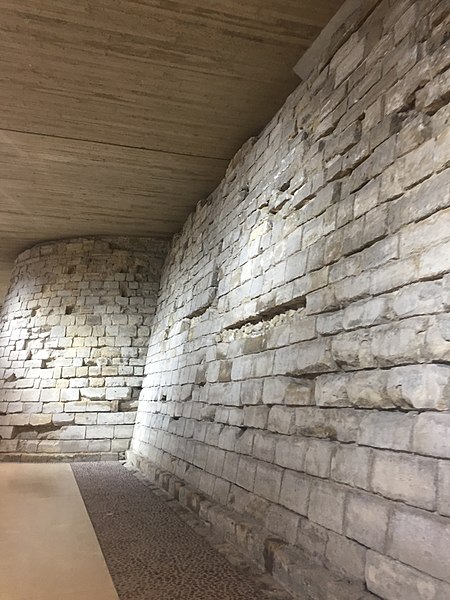
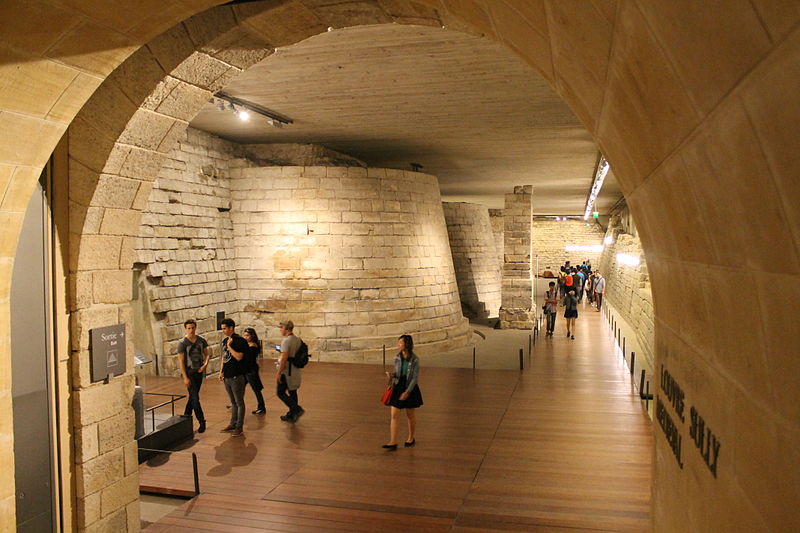
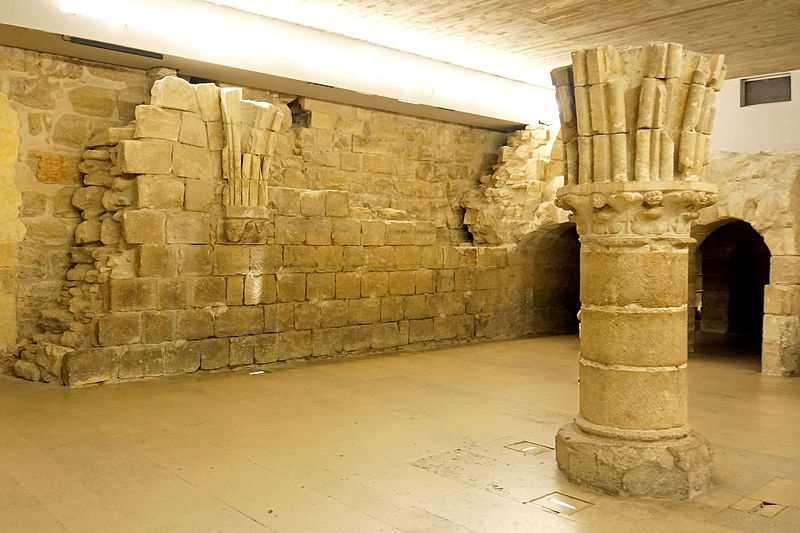
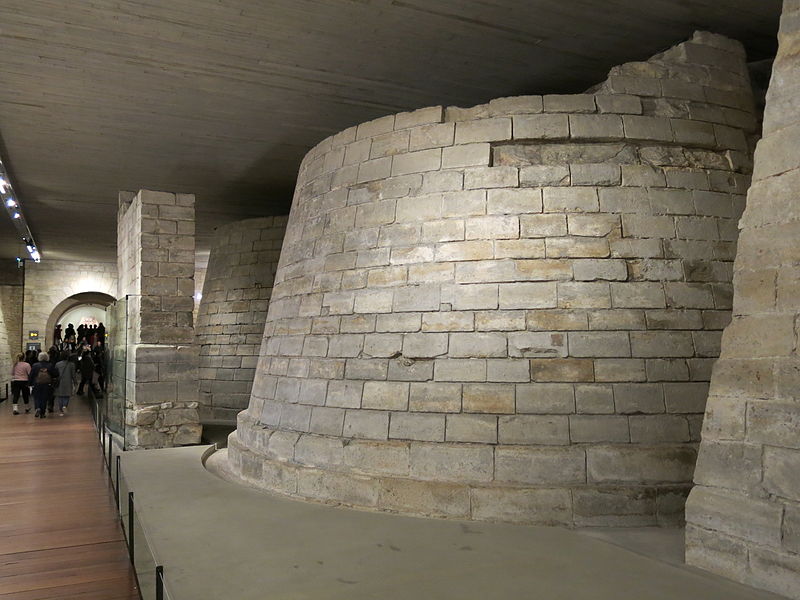
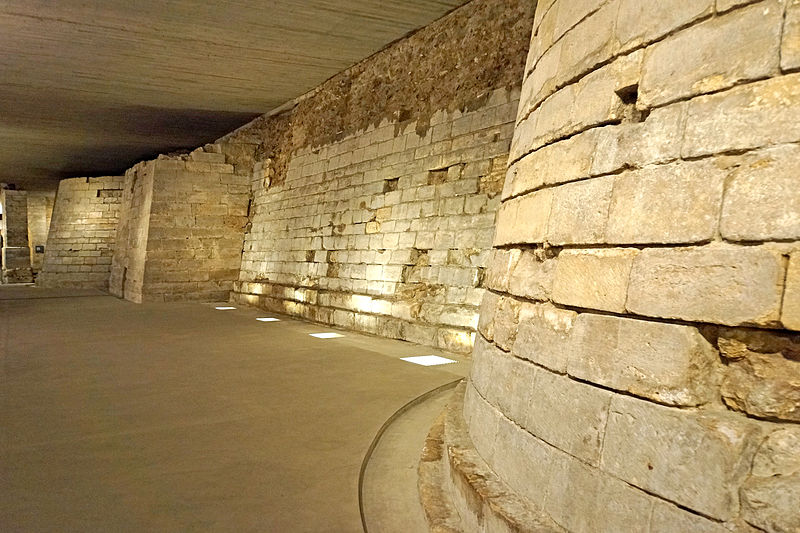

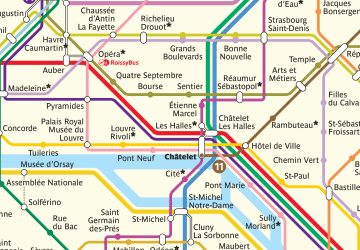 Metro
Metro

